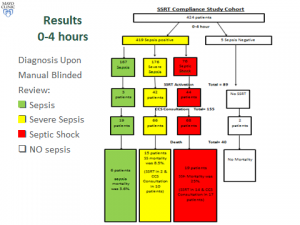Author Interviews, Electronic Records, General Medicine / 28.07.2017
What Do Patients Value About Reading Their Electronic Medical Record Notes?
MedicalResearch.com Interview with:
Macda Gerard
M.D. Candidate | Class of 2021
Wayne State University School of Medicine
MedicalResearch.com: What is the background for this study?
Response: As electronic health records proliferate, patients are increasingly asking for their health information but little is known about how patients use that information or whether they encounter errors in their records. This comes at a time when we’re learning that understanding the patient and family experience, especially what is most valued in exchanges between doctors and patients is important and has many benefits. To learn more, we developed a formal mechanism for patients to provide feedback on what they like about accessing the information in their health records and to inform their clinical team about things like inaccuracies and perceived errors. So that’s the gap we tried to fill.
The patient feedback tool is linked to the visit note in the electronic health record (EHR), and it’s part of a quality improvement initiative aimed at improving safety and learning what motivates patients to engage with their health information on the patient portal. Over the 12-month pilot period, 260 patients and care partners provided feedback using the OpenNotes patient feedback tool. Nearly all respondents found the tool to be valuable and about 70 percent provided additional information regarding what they liked about their notes and the feedback process.
(more…)





